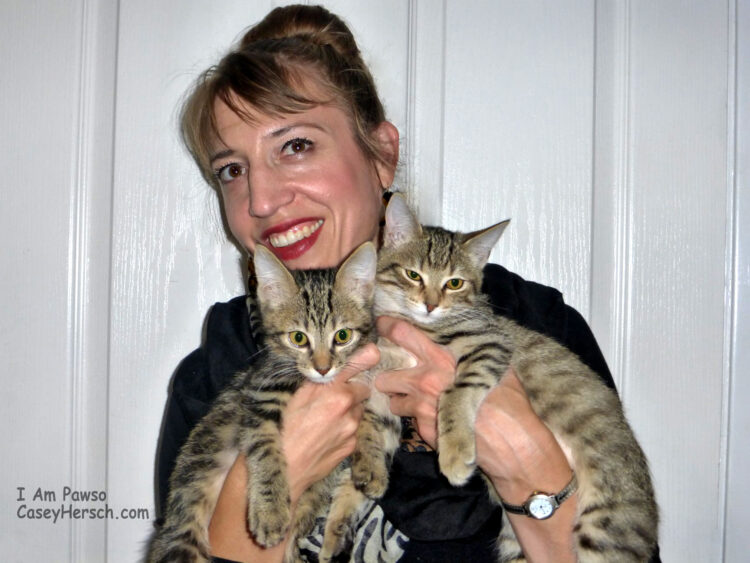
Written By Casey Hersch, LCSW
This is the sixth in a series of posts about Casey’s experience following the loss of her senior cat Yochabel. Click here to read I Am Pawso: The Journey Begins, I Am Pawso: Meet Pawso, I Am Pawso: Shake and Turn, Grow and Learn, I Am Pawso: The Social Emotional Learning Center, and I Am Pawso: The Bonded Pair.
Hello, Purrs of Wisdom friends! I sincerely apologize for my delay in getting another I Am Pawso blog post written. In December I published my children’s book, I Am Pawso, on Amazon. As a self-published author, writing the book was nothing compared to dealing with Amazon. The ups and downs of this process consumed my time and strained my health. I had to paws and reflect in order to take care of myself. Thanks for your understanding, and I hope we can pick up where we left off!
Cats: Our wise teachers, especially during a pandemic
They say we don’t choose our cats; they choose us. In my lifetime, I have lived and breathed this truth. I would not be alive today if it were not for my cats. Fortunately, my mom let me keep Hershal, the homeless kitten, after a neighbor left him on my front porch, when I was eight years old. Hershal was my first cat best friend, sibling, companion, and teacher.
When I first got Pawso and Samba, I was certain that they were not like my past cat family members. They were just my fosters. I had a specific purpose to prepare them for a thriving life ahead. I thought I was their teacher. Of course, they were really my teachers. Before my very eyes, and over my husband Scott’s denial, Pawso and Samba were choosing us and weaving a tapestry of paw prints throughout our lives.
Pawso, this fragile, quirky, traumatized kitten was merely a reflection of me, my childhood, and my own resilience. Pawso, and his adverse cat experiences, were also a representation of kids who suffer from adverse childhood experiences (ACEs). Pawso was not “just a cat,” he was a reminder of the numerous challenges both kids and kittens face.
Samba, the confident, fearless, comfortable in her own skin leader reflected who I always wanted to be,but had not discovered how to be. Samba embodied the qualities I wanted Pawso and all children to learn: a tender balance of empowerment, empathy, kindness, assertiveness, and boundaries.
As always, my cats were teaching me lessons, showing a path that would pave the way for me to use my social worker training to make a difference in the world. Little did I know this optimal growing and learning was about to take place in the most unexpected circumstances: a global pandemic.
Uncertainty and change
As shelters and rescue organizations shut down with the rest of the world, some humans also panicked that they might get the coronavirus from their pets. Cats were owner-released in high numbers in our community, leaving Pawso and Samba’s organization exceeding capacity even more than usual. Cat adoptions temporarily plummeted as the usual public adoption events and shelter/foster home visits stopped. Meanwhile, in the perfect order of the universe, Scott and I braved the uncertainty of the pandemic with Pawso and Samba at the core of our shelter-in-place family.
Our household, like the rest of the world, faced the ultimate test. How do we cope with stress and overcome adversity in the midst of environmental threats that we cannot control? The pandemic presented the perfect opportunity for me to practice what I preach in real life, here and now.
Besides the obvious fear of “I might die or lose someone I love,” the pandemic brought a myriad of social and political issues to the forefront. The world became more divided. Even among our tight knit extended family and close friends, conflict smoldered about pandemic ethics and principles. Living with Crohn’s disease, I shuddered to think what might happen if I got Covid. These negative thoughts caused my mind to churn with fear. My body reacted with more symptoms worsened by my stress.
Meanwhile, Pawso and Samba carried on with their lives. They had no awareness the whole world was shut down and not a care in the world (except for when they would receive their next meal). For them, their entire world was inside my home. Sheltering in place did not affect their lives one bit except they had more time with Scott and I. This was a sharp contrast to the cats’ lives before we fostered them. I imagine that back then, their days were filled with panic, stress, and fear. Ironically, now, I was the one who needed to calm down and reestablish feelings of safety.
Pawso Practices to the rescue
My focused shifted from solely helping Pawso achieve post traumatic growth to soothing my own fears. How could I maintain my mental and physical health at a time when everything felt uncertain?
I had plenty of time to implement practices that helped me calm my mind and body. Pawso and I worked together on overcoming our personal challenges, and I began to formulate what I would eventually call the Pawso Practices. After all, Pawso and I needed the same things to help us overcome and thrive. Kids also need the same tools and support.
Our pandemic practices
- When I listen carefully, there are two sides to every story.
- It’s important I voice my opinions and special needs.
- I feel better when I advocate on behalf of those who are less fortunate.
- I have many strengths and talents that help me problem solve and cope.
- I must use both my mind and body to calm down.
- I need a safe spot to relax and find balance.
- I must monitor my thoughts because my thoughts affect how I feel and behave.
As months went by without employment or socializing, Scott and I calmed our fears by playing more with the cats and taking comfort in the relationships we had with each other. Pawso and Samba had no place to go. We protected them knowing that so many animals were not as fortunate as they were. We were so happy they were safe in our home.
I learned a lot about Pawso, Samba, Scott, and myself during that time, and in many ways we all became more confident versions of ourselves. Scott immersed himself in photography. Pawso discovered the morning sun shining through the front window. He peered safely through the protective glass and watched neighbors working in their yards and walking their dogs. At a pace he could control, Pawso expanded his social world. I focused on writing, dance, and play. Samba relished quality self-care time as she groomed and pampered herself after an exhilarating run on her cat treadmill. We grounded ourselves in arts, mind-body integration, creative outlets, play, and time together. Along with the Pawso Practices, these activities later became the core of Pawso’s shake and turn tools which would anchor the I Am Pawso children’s book that Scott and I would publish together.
Pawso revealed a lot about himself during that time, and I was present enough to receive the messages. In return, the better I listened and responded to his unique needs, the more he grew leaps and bounds in confidence. Scott invited more fun and play into his life, and as a result, our relationship deepened. By withholding judgment of Pawso (and Scott) and abandoning my definition of what a kitten (or husband) should be like, I opened the door to really understand this wonderful cat (and husband) in front of me. As the pandemic stopped the world, inside my home, we found ways to shake off a negative situation and turn it around into something positive.
Growing closer through hardship
Eventually we shifted from our solo therapeutic activities to family time. We created a family photo time. Samba loved when we cleared all the furniture in the living room and she had more space to revive her wild instincts. Pawso loved to be the center of attention and pose for Scott when he had the camera. Pawso also loved playing with a toy we called a “pom pom on a stick.” He would run around chasing the colorful balls attached to a stick by dental floss.
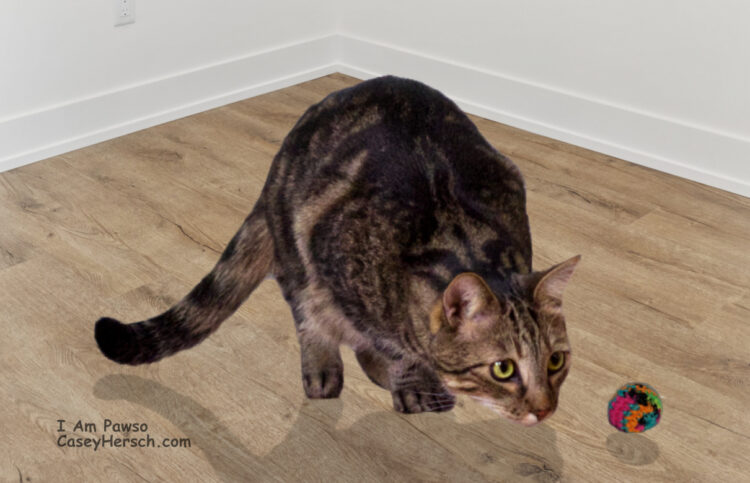
One lesson Pawso taught me was that when I am not looking, he eats pom poms. I thought he was hiding them under furniture until one day, he threw up 3 one-inch colorful pom poms. I realized that he loves them as much as bacon, so instead of leaving them out, I attached them to a stick. During family photo time, I took Pawso’s pom pom on a stick out of the cupboard and with my complete supervision, ran around as Pawso joyfully tried to claim his pom pom prey. Pawso provided much inspiration for amazing photographs as he leaped in the air determined to catch the pom pom. Scott brilliantly photographed every moment. Without any awareness we collected a library of Pawso pictures that one day would become the illustrations in the I Am Pawso book.
Opening to the outside world again
It was only a matter of time before the outside world would creep back in. But we loved it while it was at arm’s length. The foster coordinator eventually reached out to us. The pandemic had given me respite from the dreaded decision of who would adopt Pawso and Samba. Now, the time had come to make a decision.
As we expected, the pandemic presented several more barriers to their adoption. Adoptions were down in general, and Pawso and Samba had truly outgrown their kitten status. They aged out of the kitten program during all those shelter-in-place months. Time may have stopped, but their growth had not. We had all aged! For a moment, I felt angry at the thought the kittens would be rejected because of their health, thriving, growth and development. Not to mention, my babies would always be kittens to me. But I was still in denial that these were truly my babies. I was also reticent to be labeled a foster failure, not to mention possibly lose my marriage!
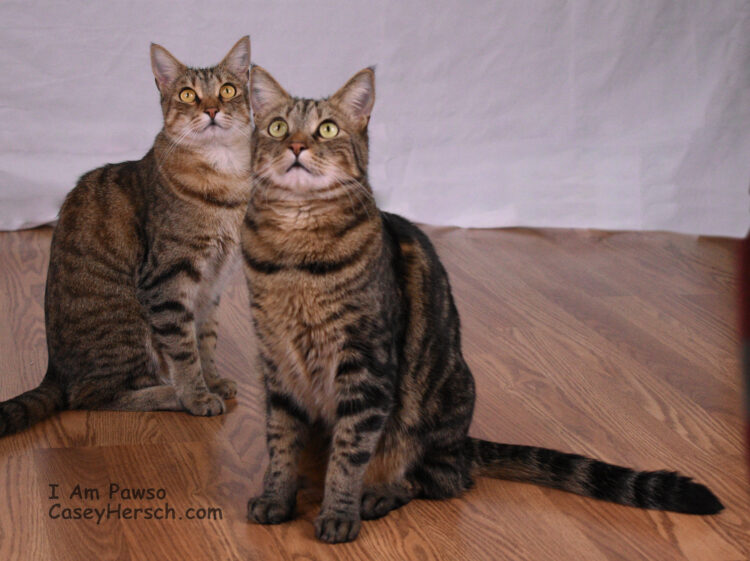
So, despite lockdown, I called the neighbor boys over the next afternoon. Of varied ages and high energy, they would be a good test of Pawso’s tolerance of kids, and to see how his human window watching would translate into real human contact. After all, he had heard the boys’ voices and saw them playing in the street. They were not total strangers. I also knew the pandemic had prevented Pawso from maximum socialization which would help him get accustomed to new people. We had to try.
Masks covering their faces, the boys made a field trip to our house to play with the “kittens.” Samba greeted them while Pawso hid behind the couch. As the oldest boy, who considered himself a “cat whisperer,” got down on the floor, he gently whispered “Possum, c’mon Possum.” I corrected him and said, “his name is Pawso, not Possum,” but the young boy could not pronounce “Pawso,” so “Possum” it remained. I sat and watched the exchange between Pawso aka Possum, as the boy sat food nearby, waited, watched, and allowed several hours to pass. Eventually, Pawso peeked his nose out from behind the couch and in the timidest way, tip toed to the food, swiped it with his paw, and ran back behind the couch. The young boy commented with a big smile, “that’s enough for today. Pawso made big progress!”
I was impressed with how much this young boy was able to truly respect Pawso’s boundaries and need for space. Instead of pushing Pawso to play or come out of hiding, this boy absolutely understood Pawso’s sensitivities and met Pawso with the utmost respect and compassion. If only all adults were able to embody the same attributes.
I also felt bad for the boy as he tried to pronounce Pawso’s name correctly, but he just could not. I imagined how much this boy might struggle in school if he accidentally says a name wrong. Kids can be so mean to each other. One reason I suspected this young boy was so sensitive to Pawso’s needs is because he likely related to Pawso’s struggle. Both Pawso and this kid were similar outcasts: adorable, kind, wise, sensitive, but not mainstream. They had obvious struggles that could subject them to teasing and bullying. I visibly saw the strong parallels between kids and cats and between Pawso and kids. At that moment, the origins of the I Am Pawso book came to life. Pawso would tell a story about how everywhere he goes kids say his name wrong—sometimes because they are bullies, other times because they simply misunderstand— and throughout the story, Pawso, the cat, would teach kids how to turn around difficult situations.
I contacted the foster coordinator and told her that it was time for us to officially adopt Pawso and Samba. The longer I denied their purpose in our lives, the more I prevented all of our healing. Months later I started writing my children’s book, I Am Pawso—A Cat Teaches Kids Ways To Turn Around Difficult Situations.
It was a win-win. I got two cat children, Scott and I wrote a book together, and my husband finally identified as a “cat person.” Sometimes you just cannot fight what is meant to be…. You just have to paws, reflect, and gain purrspective.
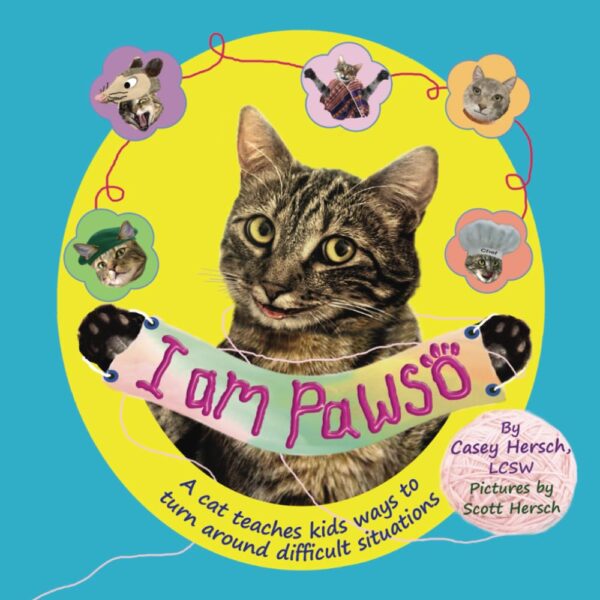
I Am Pawso: A Cat Teaches Kids Ways To Turn Around Difficult Situations is available from Amazon.
About Casey Hersch
Casey Hersch, LCSW, is a licensed clinical social worker, author, animal rescuer, and Latin ballroom dancer. She uses holistic and resilience-based models to help children and families cope with trauma, stress, and illness. Her \children’s rhyming book I Am Pawso: A Cat Teaches Kids Ways to Turn Around Difficult Situations about her foster turned adopted cat, Pawso, is available on Amazon. The book is a collection of Pawso Practices that reduce stress and encourage healthy choices. Casey lives in California with her husband, Scott (I Am Pawso illustrator), and her cats Pawso and Samba.
For more information visit:








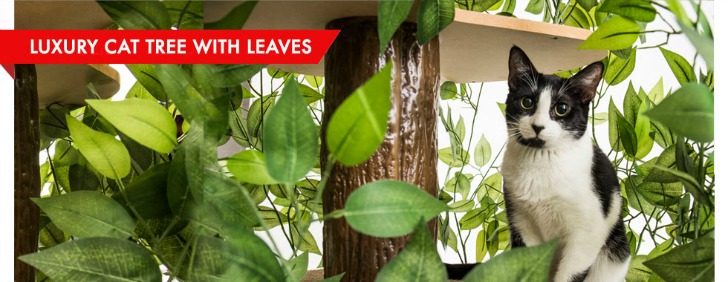
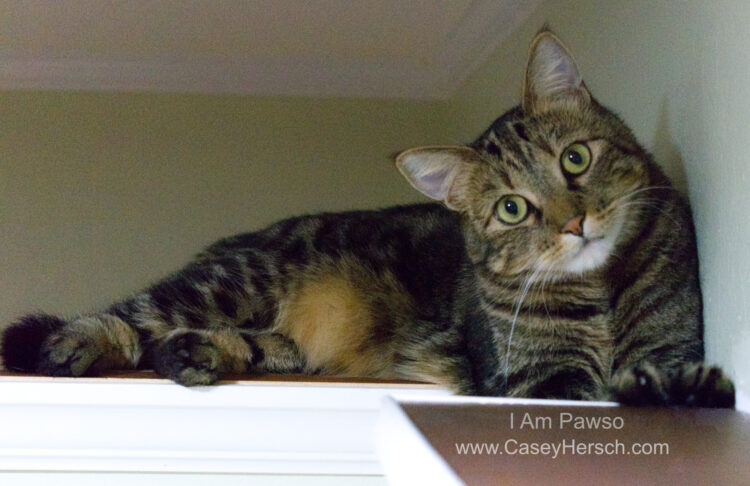
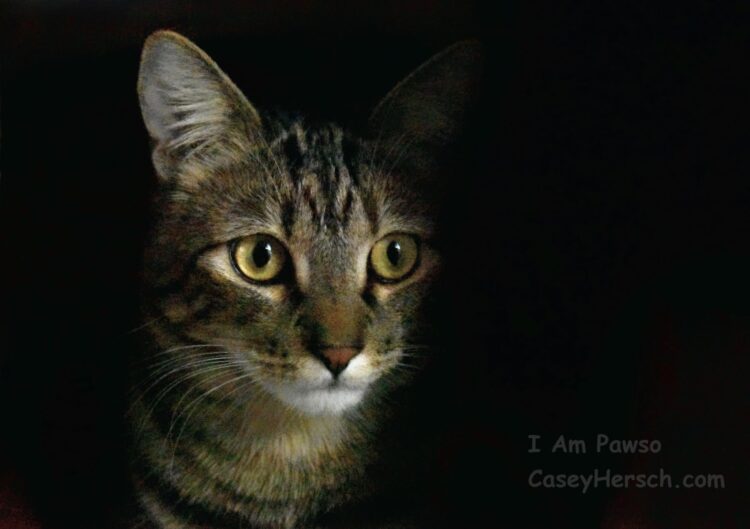
Abby, I am so happy you waited and that you liked this next installment. This makes All of us (Pawso, Samba, and Scott, too) so happy!
Thank you for the update. I, too, have learned so much from my cats. They are the best teachers in the world!
Thanks Lynnette for your support. I can always count on you to appreciate my articles!
I believe we learn as much from our cats and they learn from us. I enjoyed this Pawso update.
Thanks Janine. I can also always count on you for support of my articles!
I’ve been anxiously waiting for another installment in the Pawso saga and this did not disappoint. I was hoping this ‘bonded pair’ would be a foster fail & be adopted. What a heart-warming “tail”.